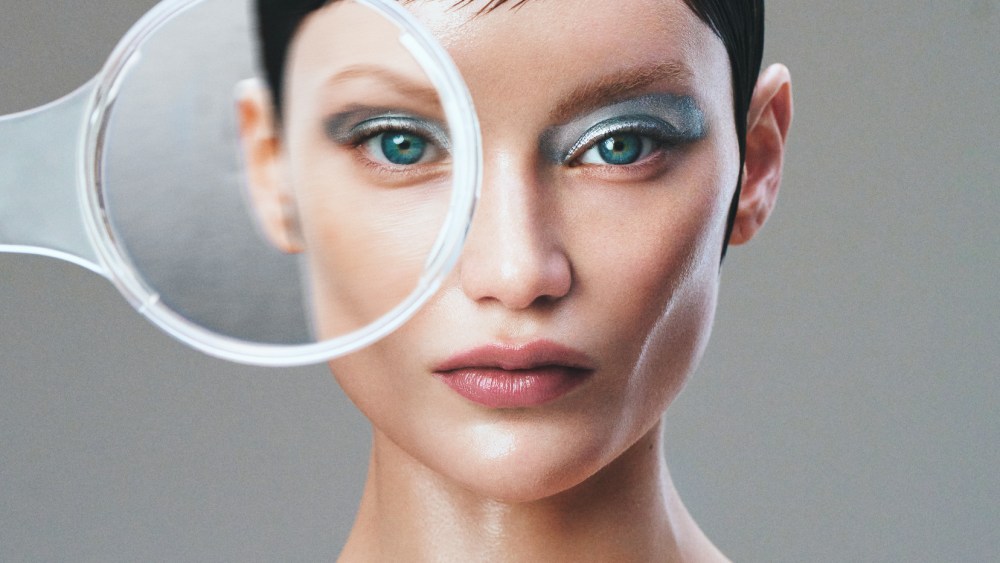The world of skincare is experiencing a significant transformation, driven by the rise of dermocosmetics, a field where traditional beauty products meet the realms of medicine and aesthetic treatments. Myriam Cohen-Welgryn, president of L’Oréal Dermatological Beauty, referred to this shift as a “revolution within beauty.” As consumers become increasingly knowledgeable about skin health and beauty, their expectations for topical skincare have evolved dramatically. Gerry Muhle, head of global product strategy at Galderma, noted a growing awareness about quality skin, underlining how consumers now demand more effective products that reflect advancements found in medical and aesthetic practices.
The surge in interest for dermocosmetics has been amplified since the onset of the coronavirus pandemic. The segment’s sales have more than doubled over the past six years, jumping from around 14.3 billion euros in 2019 to an estimated 28.2 billion euros by 2024. Notably, dermocosmetics’ share within the beauty market has escalated from 6.8 percent to 9.2 percent recently, reflecting a broader recognition of skincare issues among the global population, particularly those regarding skin pathologies. With a significant number of consumers now gravitating towards products that used to be found solely in European pharmacies, brands like La Roche-Posay and CeraVe are leading the charge, demonstrating that dermocosmetics have not only captured market attention but have also contributed to L’Oréal’s success as the largest beauty company worldwide.
Several factors are propelling the growth of dermocosmetics, particularly the interconnectedness of medical aesthetics with topical skincare. This amalgamation— fueled by social media—has made image-enhancing procedures, such as Botox and weight-loss medications, more mainstream and acceptable. Muhle highlighted how easily trends disseminate today, which fosters rapid innovation in beauty products. The dermocosmetic market now boasts a faster rate of development, with advances in categories like antiaging, acne treatment, and sun protection continuing to expand. As a result, consumers are increasingly embracing aesthetic procedures, marking a cultural shift where younger generations view these treatments as integrated into their overall health and beauty regimens.
Furthermore, this convergence between skincare and aesthetics is seeing the rise of innovative practices aimed at not just reversing signs of aging but promoting a new perspective on beauty—an approach focused on age-fluidity rather than traditional antiaging. The research conducted by Galderma revealed that many young adults now recognize aesthetic treatments as part of their routine skincare choices, with a striking increase in younger individuals seeking cosmetic procedures. Companies like L’Oréal are observing these shifts and are pondering their role in the aesthetics space, recently investing in partnerships and stake acquisitions in firms focused on aesthetic treatments.
In response to an aging population needing targeted skincare for conditions like dry skin, psoriasis, and other dermatological issues, there has been increased focus on developing products that cater to these needs. Integral to this progress are trends such as proactive beauty, which incorporates low-dosage treatments that facilitate gradual improvements in skin quality. Brands are pivoting to create formulations that not only address cosmetic concerns but also align with medical therapies. Cohen-Welgryn mentioned the development of innovative molecules like Melasyl, which enhances pigmentation treatment tolerance, as part of an effort to merge effective dermatological science with compelling cosmetic applications.
Looking ahead, the expansion of dermocosmetics could soon encompass areas beyond facial skincare, moving into body care and even hair treatment—categories that are currently underrepresented in the dermocosmetic landscape. As brands explore how to adapt advanced skincare technology for broader applications, they are also grasping opportunities in men’s skincare—an often overlooked demographic. With the growing acceptance of dermocosmetics and innovation around skin health permeating all aspects of wellbeing, including the microbiome and immune health, the future of skincare ultimately lies in a holistic understanding that recognizes the interconnection of skin treatments with overall health, encouraging brands to explore innovative pathways for growth.

